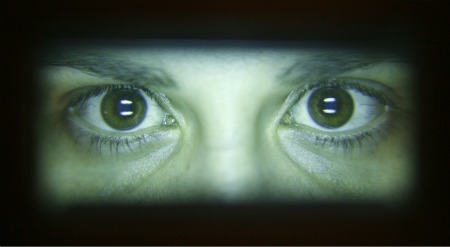Myopia was long understood to be genetic, but until now nobody could pinpoint the genetic mutation responsible for the world’s most common eye disorder.

The gene behind nearsightedness has been identified for the first time ever by an Israeli research group.
The culprit is a mutation of a gene called LEPREL1, according to an article published online September 1 in the American Journal of Human Genetics. The team of researchers at Ben-Gurion University of the Negev found this mutation to cause myopia (nearsightedness) in members of a Bedouin tribe living near the university in southern Israel.
Myopia isn’t just a nuisance requiring corrective lenses for seeing at a distance. Nearsightedness is the most common human eye disorder, and it can lead to a higher incidence of retinal detachment, macular degeneration and premature glaucoma and cataracts.
Scientists have long understood that myopia has a strong genetic component, but had never been able to isolate the responsible gene despite decades of intensive research.
Leader of the research team, Prof. Ohad Birk of the National Institute for Biotechnology and the Dayan Clinical Genetics Wing at Soroka Medical Center says LEPREL1 encodes an enzyme essential for the final modification of collagen in the eye.
It’s all about an enzyme
He explains that if a mutation in the gene harms the activity of this enzyme, the collagen is malformed and the eyeball will be longer than normal. As a consequence, light entering the eye gets focused in front of the retina rather than directly on the retina as it should be. That’s the definition of myopia.

“We are finally beginning to understand at a molecular level why nearsightedness occurs,” Birk said.
The defective gene was identified in a thorough study of severe early-onset myopia that is common in a specific Bedouin tribe in southern Israel. Shikma Levin and Dr. Libe Gradstein led the study, while further lab work using insect cells was carried out in collaboration with a Finnish research group. The study was supported by the Kahn Family Foundation.
The scientists still have more work to do in order to find out whether LEPREL1 or its related genes play a significant role in myopia in the general population.
Birk and his group have previously uncovered the molecular mechanisms behind more than 15 human diseases (https://www.israel21c.org/health/bedouin-genetic-defect-identified-by-israeli-scientists). Their work is implemented in many screening tests and prevention programs.












